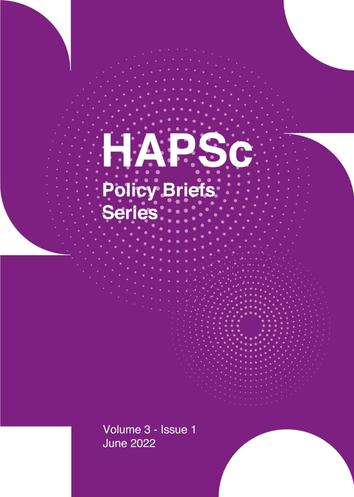Conflict Transformation and Cultural Heritage Use in Cyprus
Аннотация
Cultural heritage use is often a point of friction between antagonistic groups in intrastate conflict. In other instances, use of heritage may facilitate intergroup contact and provide space for conflict transformation. The Cyprus issue is not an exception to this phenomenon. Although Cyprus is one of the most researched frozen conflict cases, cultural heritage use vis-à-vis conflict transformation is relatively understudied focusing primarily on tangible heritage protection, restoration and museology. This brief examines the degree of influence (be it positive or negative) of cultural heritage activity on conflict transformation between the two Cypriot communities. In specific, it examines bicommunal heritage projects, use of in-group and out-group heritage and, visits to own heritage sites on the other side of the divide. Results show that bicommunal heritage projects foster contact and cooperation, use of tangible heritage becomes the ground for antagonism over neglect and care of in-group and out-group sites, and visits to heritage on the other side provoke questions over use and reuse of neglected heritage of the other. In total, this brief demonstrates that often heritage issues are exploited in order to back ethnocentric positions. Both sides use own, neglected, damaged or lost heritage to support arguments of in-group superiority. Contrarily, the Cypriot communities do not consider intergroup cultural differences a deterring factor to transformation. The dynamic potentials of heritage can be utilised towards conflict transformation through bicommunal heritage activities, ventures attributing local ownership and joint management, and critical notions of heritage that favour intangibility and hybridity.
Article Details
- Как цитировать
-
Pasamitros, N. (2022). Conflict Transformation and Cultural Heritage Use in Cyprus. HAPSc Policy Briefs Series, 3(1), 121–129. https://doi.org/10.12681/hapscpbs.31001
- Раздел
- Articles

Это произведение доступно по лицензии Creative Commons «Attribution» («Атрибуция») 4.0 Всемирная.
Authors retain copyright and grant the journal right of first publication with the work simultaneously licensed under a Creative Commons Attribution License that allows others to share the work with an acknowledgement of the work's authorship and initial publication in this journal.


